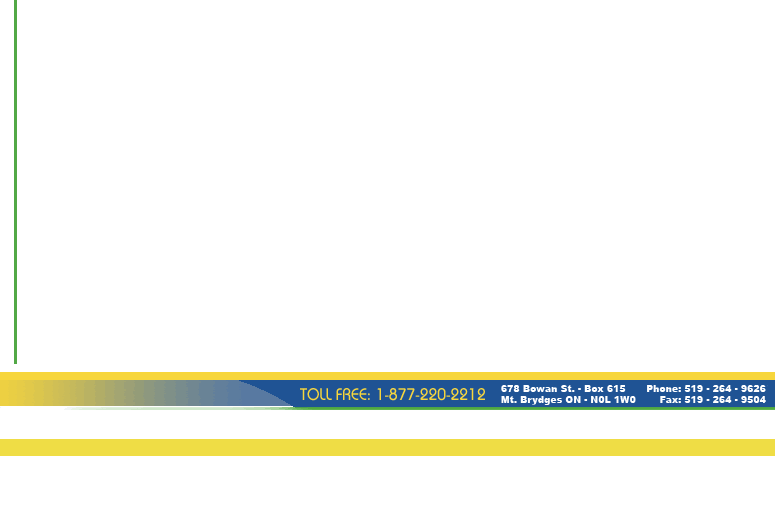Maximum
Swine
Marketing Ltd. Newsletter
Hog Commentary for
February 14th, 2006
Hog
Markets
Midwest cash markets gained significantly this week while national
averages also gained but to a lesser degree. Regional cash markets
are now at their highest level of 2006 and since pre-holiday
rallies of Dec 14, 2005. The ISM ended the week U$7.01/cwt higher
and the NBC was U$3.12/cwt higher. Cutout also gained value
but to a much lesser degree than cash. Cutout went up U$3.30/cwt
but will need to find more support as certain cash prices have
now surpassed the cutout value. Thus, packers now have negative
margins, something they have not experienced since July, 2005
and cutout will need to increase to continue the current higher
trend in cash. Slaughter was 0.6% less then the same week a
year ago marking the first time that we have had a lower slaughter
level since Dec 17, 2005. Due to heavy hog weights (which have
been on the decline), pork production remained 0.7% above year
ago levels.
Lean hog futures experienced some strength from firm fundamentals
and its oversold condition after the sell off in the month of
January and beginning of February. The nearby Feb contract,
which expires on Tuesday, Feb 14 ended the week U$3.25/cwt higher
and was the strongest contract on the board. Apr which becomes
the front month at noon on Tuesday ended the week up U$1.28/cwt
at a value of U$62.60/cwt. The market tone has changed substantially
from the volatility it had occurred in the past month and a
half but fundamentals will have to remain favorable to keep
the trend up. Currently, all fundamentals other than the sluggish
cutout indicate a stronger market in the short term.
Feed Markets
Supply and demand numbers released by the USDA late last week
influenced the soy market as trader’s anticipated reduced
demand for soybeans. Confirmation of weak exports were reported
Thursday with the increasing of US soybean ending stocks to
550 million up 50 from the previous report. Cumulative exports
currently sitting at 53.6% of the USDA projections are behind
the 66.1% average for this time of year. Although the fundamentals
within the industry are negative at this point, the inability
of the market to trade significantly lower after the report
indicates downside may be limited ahead. Coverage of soymeal
usage for the summer months should continue on price breaks
as weather could lead to a quick change to the steady to lower
trend.
A move to the highest price in over 4 months for nearby corn
futures brought about profit taking and speculative selling
pressuring the market 10 cents per bushel from the high last
Tuesday. The USDA reported a strong export pace and excellent
domestic demand from the livestock and ethanol sectors lowering
ending stocks to 2,401 million bushels down 25 from a month
earlier. Stocks to use ratios dropped slightly but remain near
the highest level on record for US corn production. Talk of
supplies tightening as far out as next fall and into 2007 have
end users considering protection 12-18 months ahead. Weather
in South America has added volatility as the crops move into
the reproductive stages and become more susceptible to heat.

